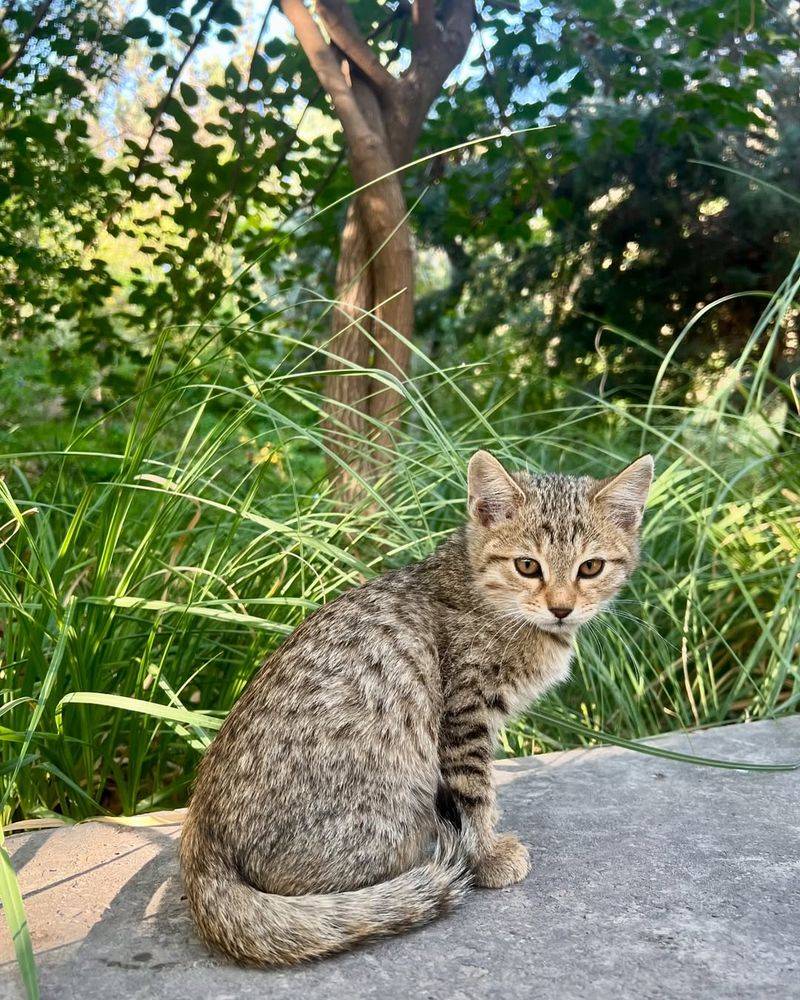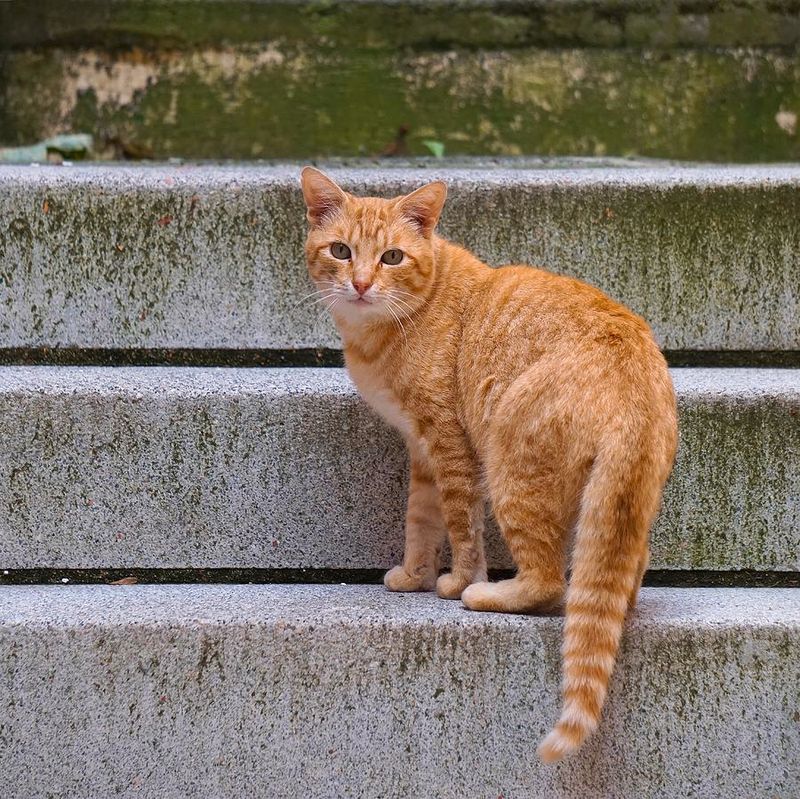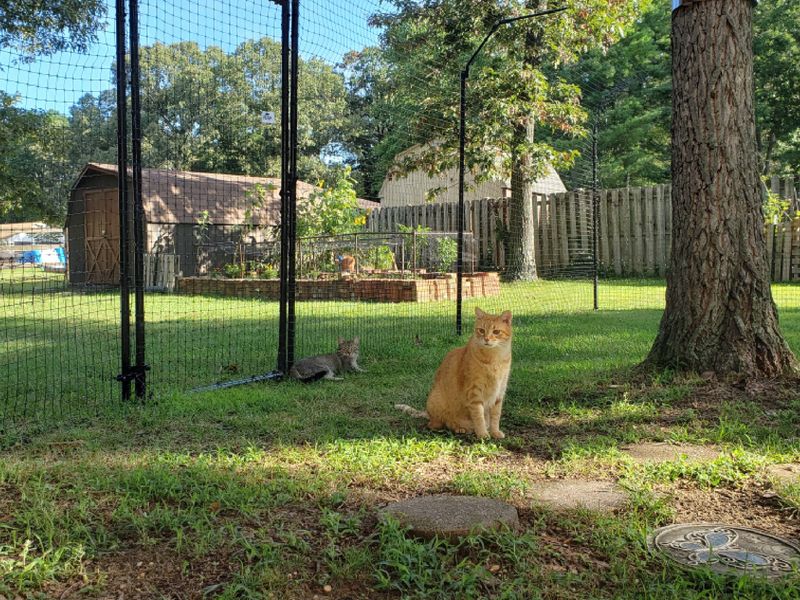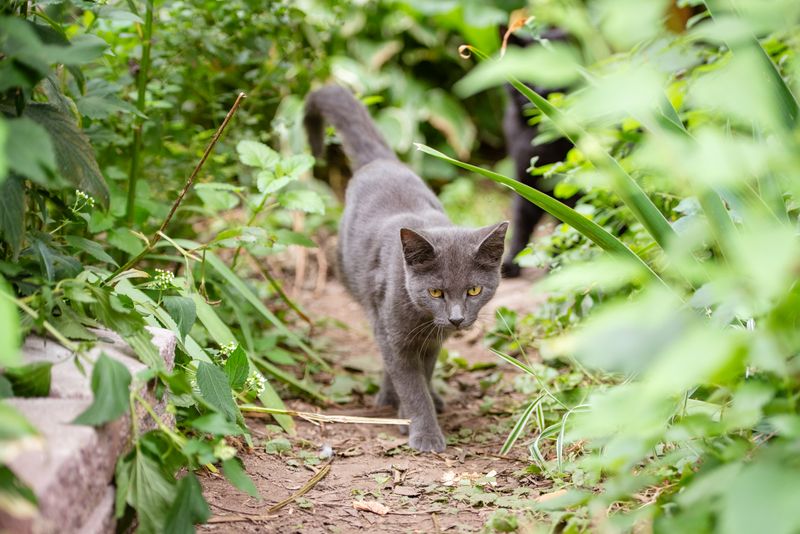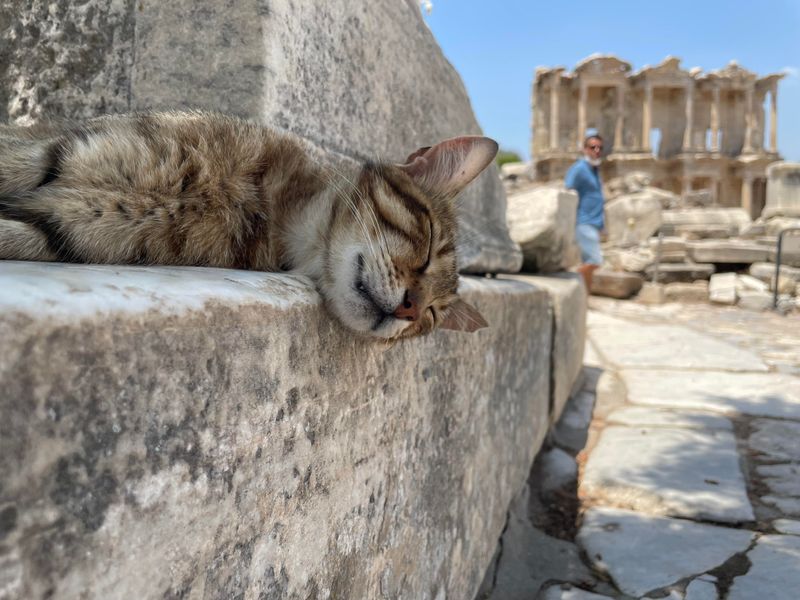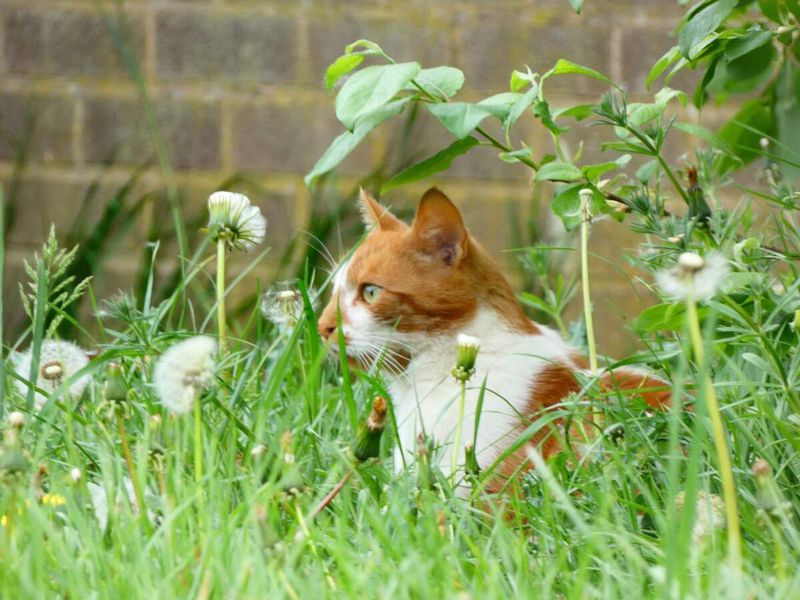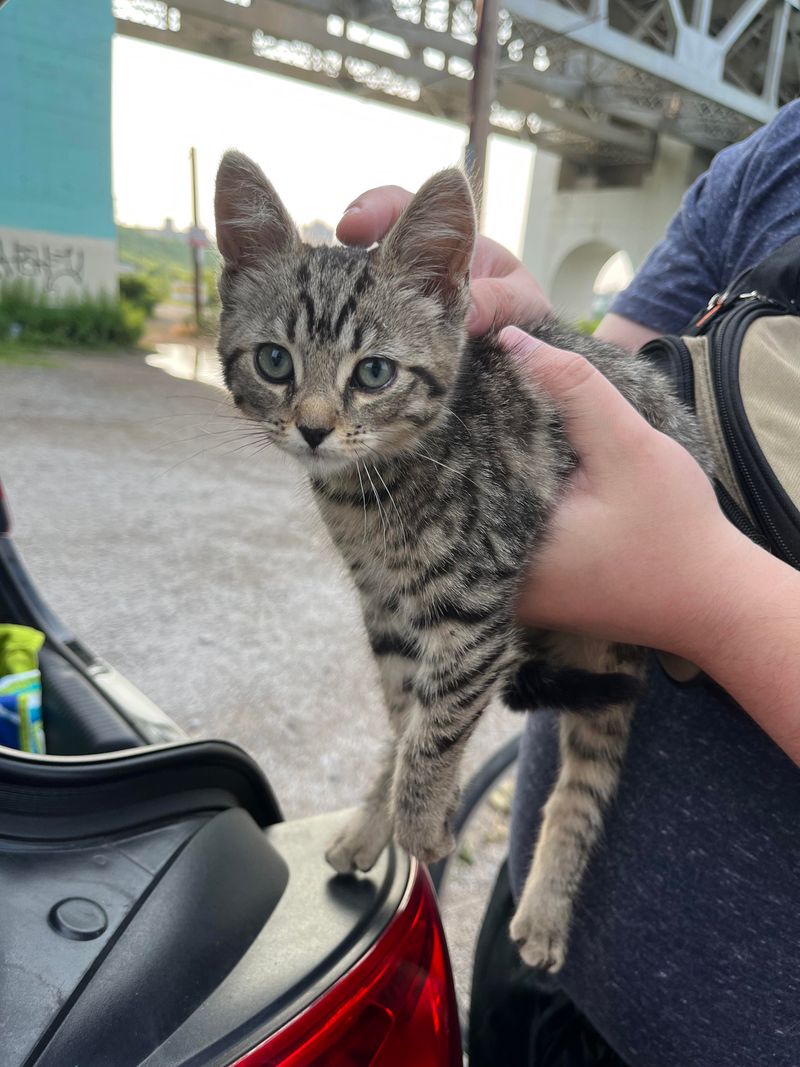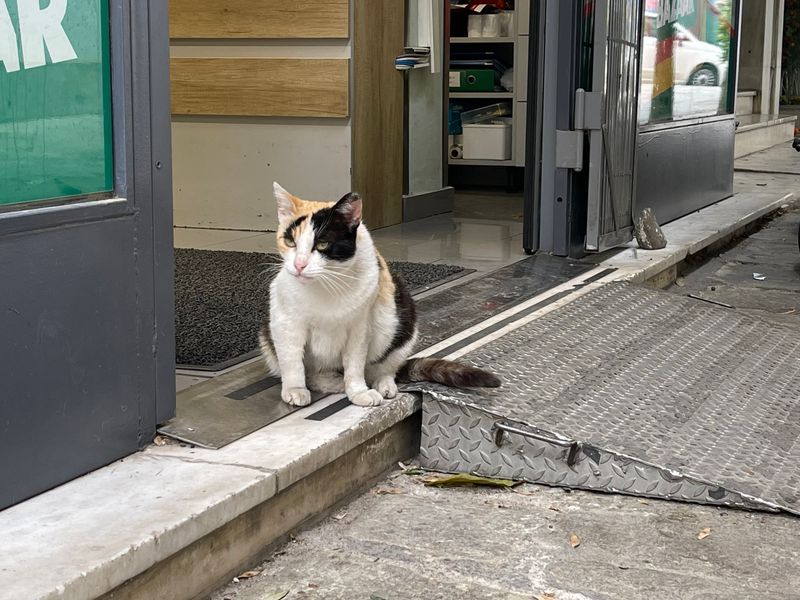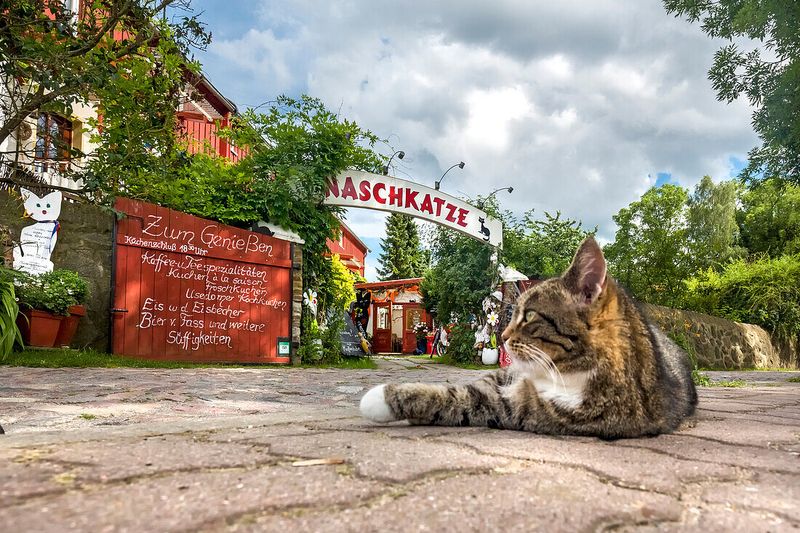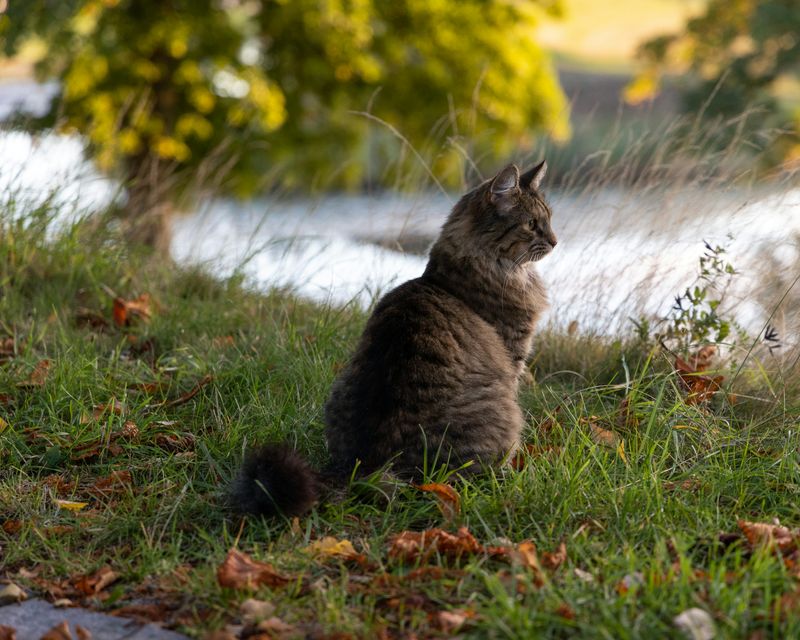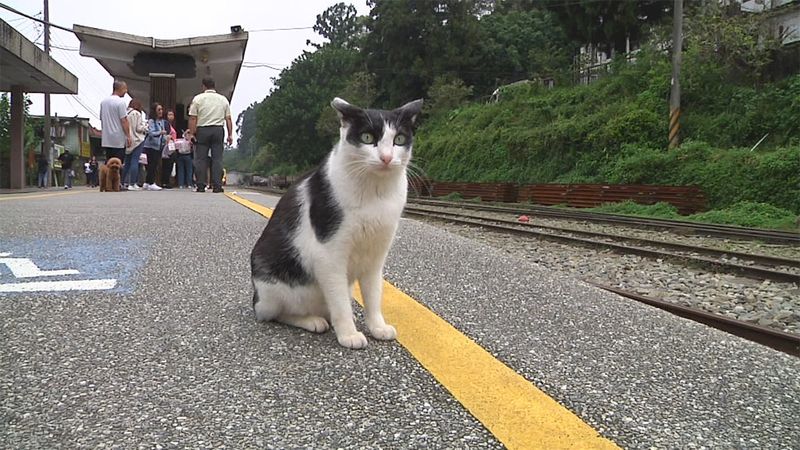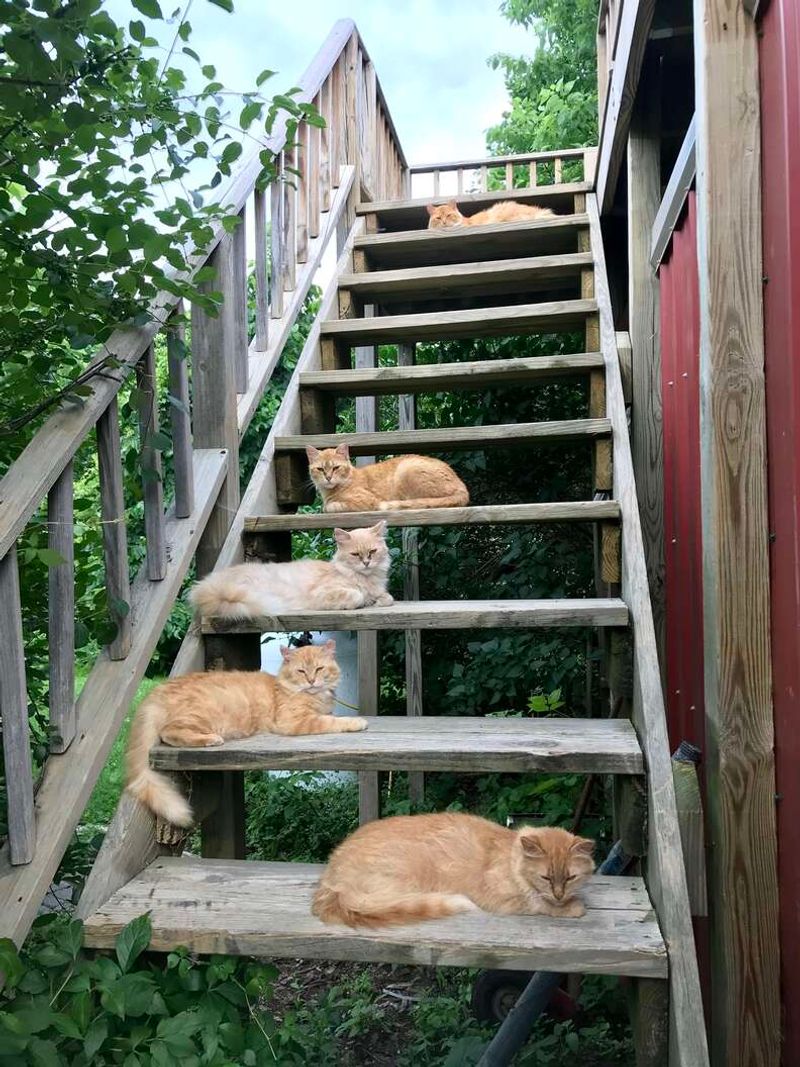📖 Table of Content:
- 1. Quiet Urban Park
- 2. Secluded Alleyway
- 3. Quiet Residential Backyard
- 4. Community Garden
- 5. Abandoned Building
- 6. Schoolyard (After Hours)
- 7. Riverside Path
- 8. Quiet Suburban Street
- 9. Underneath a Bridge
- 10. Industrial Area (After Hours)
- 11. Library Grounds
- 12. Near a Local Cafe (After Hours)
- 13. Forest Edge
- 14. Railway Station (Quiet Times)
- 15. Quiet Beach
- 16. Old Farmhouse
Feeding stray cats offers much more than just a meal; it provides a sense of comfort and safety for these independent creatures. Choosing the right spot to feed them is key to making them feel secure and welcome. The right environment encourages them to return and continue to rely on the kindness provided.
When selecting a feeding spot, it’s important to consider the safety and accessibility of the area. A place that is quiet and free from heavy traffic allows cats to feel more at ease. Additionally, ensuring that the area is clean and discreet helps to avoid unwanted attention or disturbances.
These 16 locations are ideal for feeding stray cats, balancing comfort and safety for both the cats and those providing food. Each spot is chosen to encourage repeat visits while offering the stray cats a peaceful environment. With the right setup, it’s possible to make a real difference in the lives of these resilient animals.
1. Quiet Urban Park
Urban parks, especially during the early hours, provide a tranquil setting. Cats can enjoy the open space and natural surroundings.
The presence of trees and bushes offers them hiding spots, making them feel secure. Early mornings ensure fewer people, reducing stress for the cats.
Place food near benches or under trees, where they can eat undisturbed. Ensure to clear any leftovers to maintain cleanliness. Parks often have regular visitors, so choose a spot that isn’t frequented by dog walkers for the cats’ safety.
2. Secluded Alleyway
Away from the hustle of bustling streets, narrow alleyways become the perfect feeding locations, offering stray cats a secure and sheltered space.
These areas often have less foot traffic, making them perfect for cats to dine without disturbance. Choose a clean spot, preferably near a wall where they can retreat quickly.
Regular feeding in such locations can help develop a routine. Ensure to avoid alleyways that might be prone to garbage collection or heavy vehicle movement for the cats’ safety.
3. Quiet Residential Backyard
Tucked away in a residential backyard, cats find a tranquil place to feed, where the cozy neighborhood atmosphere soothes their nerves.
The fenced area provides security, ensuring they are safe from traffic. Place food bowls in a discreet corner to give them privacy.
Engage with neighbors to ensure a shared understanding of helping strays. This communal effort can lead to a more sustained feeding practice. Keep the area clean to avoid attracting pests and remain respectful of shared spaces.
4. Community Garden
Offering natural surroundings and tranquility, community gardens provide a great place for feeding, with plants creating shelter and hiding spots.
Feeding in a garden also attracts other wildlife, creating a harmonious environment. Ensure to communicate with garden members for permission.
Designate a specific area for feeding, away from vegetable plots. Gardens often foster community spirit, making them ideal for collaborative feeding projects. Regular visits will help the cats recognize the area as a safe haven.
5. Abandoned Building
Abandoned buildings offer shelter and safety for wary stray cats. The quiet environment is perfect for undisturbed feeding.
Cats can find numerous hiding spots within the ruins, making them feel secure. Always ensure the building is safe for entry and free from dangerous debris.
Place food at a safe distance from unstable structures. Regular feeding times can help cats develop trust and routine. Consider collaborating with local animal groups for a more organized effort in such locations.
6. Schoolyard (After Hours)
In the absence of children, schoolyards after-hours offer a tranquil and peaceful haven for feeding strays.
Cats can explore the area freely, with plenty of space to retreat if needed. Set up feeding stations near playground equipment or trees.
Engage with school authorities for permission to maintain a respectful relationship. Cleanliness is crucial, so ensure all food remnants are disposed of. This location offers seasonal feeding possibilities, with changes in school schedules needing consideration.
7. Riverside Path
With the calming sounds of water and tree cover, riverside paths provide stray cats a relaxing, natural environment.
Choose a spot away from well-traveled paths to avoid disturbances. Cats can enjoy the open space and return to nature.
Regular feeding here can attract a consistent group of cats. It’s essential to keep the area clean due to its proximity to water. This serene setup encourages a peaceful coexistence of nature and stray cats.
8. Quiet Suburban Street
With a safe and accessible feeding environment, the familiar suburban street allows cats to feel comfortable and secure.
Set up feeding stations away from driveways to avoid vehicle interference. Engage with homeowners to ensure a collective effort.
Regular visits can help cats familiarize themselves with the area, fostering trust. Keep the place tidy, and be respectful of private properties. This setup encourages community involvement in caring for local strays.
9. Underneath a Bridge
Cats find shelter from the elements and a safe feeding spot underneath bridges, where the secluded area offers privacy and quietude.
Ensure the location is safe from high water levels or human disturbances. Cats can retreat into hidden spots if they feel threatened.
Setting a routine at this location can attract regular feline visitors. Clean up after feeding to avoid attracting pests or complaints. This unique spot combines safety with accessibility, ideal for feeding strays.
10. Industrial Area (After Hours)
When the hustle of the day fades, industrial zones provide a deserted haven for stray cats. The wide-open areas create a peaceful retreat, perfect for safety and solitude.
Choose well-lit areas for visibility but avoid heavy machinery or hazardous spots. Regular feeding here can help establish a pattern.
Collaborate with security personnel if necessary for smooth access. Ensure cleanliness to maintain the area’s integrity. This approach fosters a bond between cats and human caregivers, promoting a sense of community.
11. Library Grounds
Library grounds offer a serene and respectful environment for feeding stray cats. The quiet surroundings are ideal for undisturbed meals.
Set feeding stations away from entry points to avoid interference. Engage with library staff for permission and support.
Regular feeding times can help establish a routine, encouraging more cats to visit. Maintain cleanliness to respect the public space. This location combines tranquility with accessibility, making it perfect for ongoing feeding efforts.
12. Near a Local Cafe (After Hours)
Once closed, local cafes turn into a charming haven for stray cats. The tranquil setting provides a safe and inviting atmosphere for a quiet meal.
Ensure feeding areas are away from main entrances to maintain hygiene and respect for the business. Engage with cafe owners for collaboration.
Regular feeding can help create a familiar environment for the cats. Clean up thoroughly to prevent pest issues. This community-centered approach fosters positive interactions between humans and strays.
13. Forest Edge
The edge of a forest offers a natural habitat for feeding stray cats. The dense foliage provides ample hiding and retreat areas.
Choose spots that are easily accessible and free from dangerous wildlife. Feeding here connects cats with nature, promoting a peaceful meal experience.
Establish a routine to attract regular visitors. Cleanliness is essential to retain the natural beauty of the area. This location brings together the tranquility of nature with the care for stray cats, fostering a harmonious relationship.
14. Railway Station (Quiet Times)
During off-peak hours, railway stations become a haven for stray cats. The platforms offer discreet places to hide and a sense of safety.
Choose times when the station is least busy to avoid stress for the cats. Engage with station staff for permission and support.
Feeding regularly can create a sense of familiarity for the cats. Ensure to clean up promptly to respect the public space. This location combines accessibility with safety, ideal for feeding projects.
15. Quiet Beach
Stray cats find a calming refuge on the beach, where the open landscape offers both a safe environment and the freedom to explore.
Choose secluded areas to avoid human interference. The rhythmic sound of waves creates a soothing atmosphere.
Regularly feeding at the same spot can establish a pattern for the cats. Clean up thoroughly due to the delicate ecosystem. This location combines natural beauty with the warmth of caregiving, encouraging positive interactions with strays.
16. Old Farmhouse
Old farmhouses provide a rustic and safe setting for feeding strays. The open space and structures offer shelter and retreat options.
Engage with property owners to ensure a collaborative effort. Place feeding stations away from active farming areas for safety.
Regular visits can create trust and a routine for the cats. Maintain cleanliness to respect the property. This location combines rural charm with community care, fostering a nurturing environment for stray cats.

